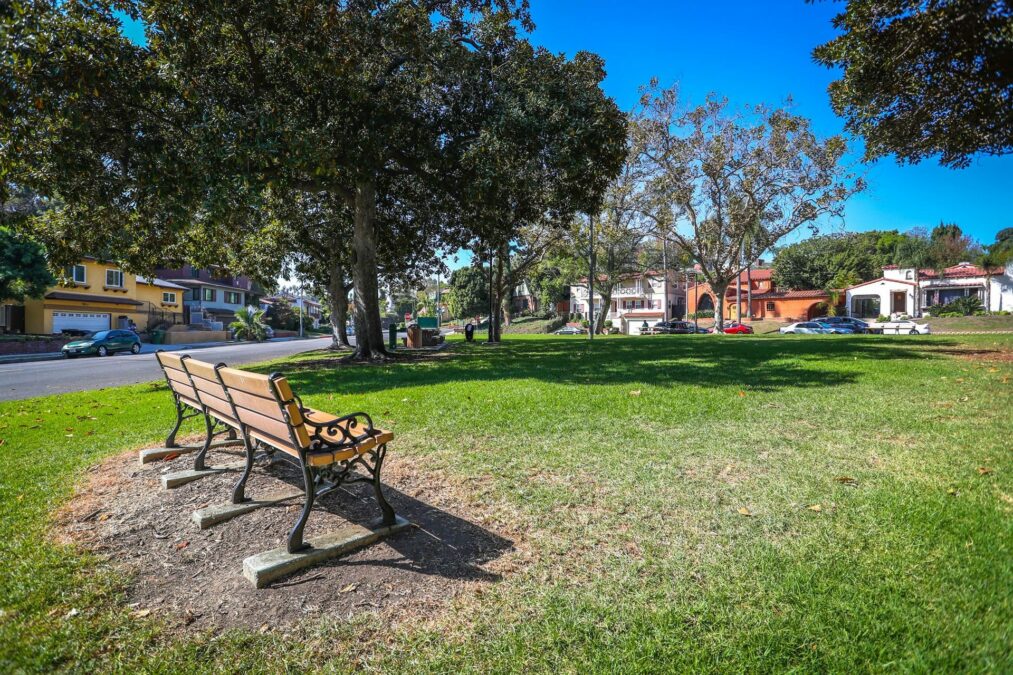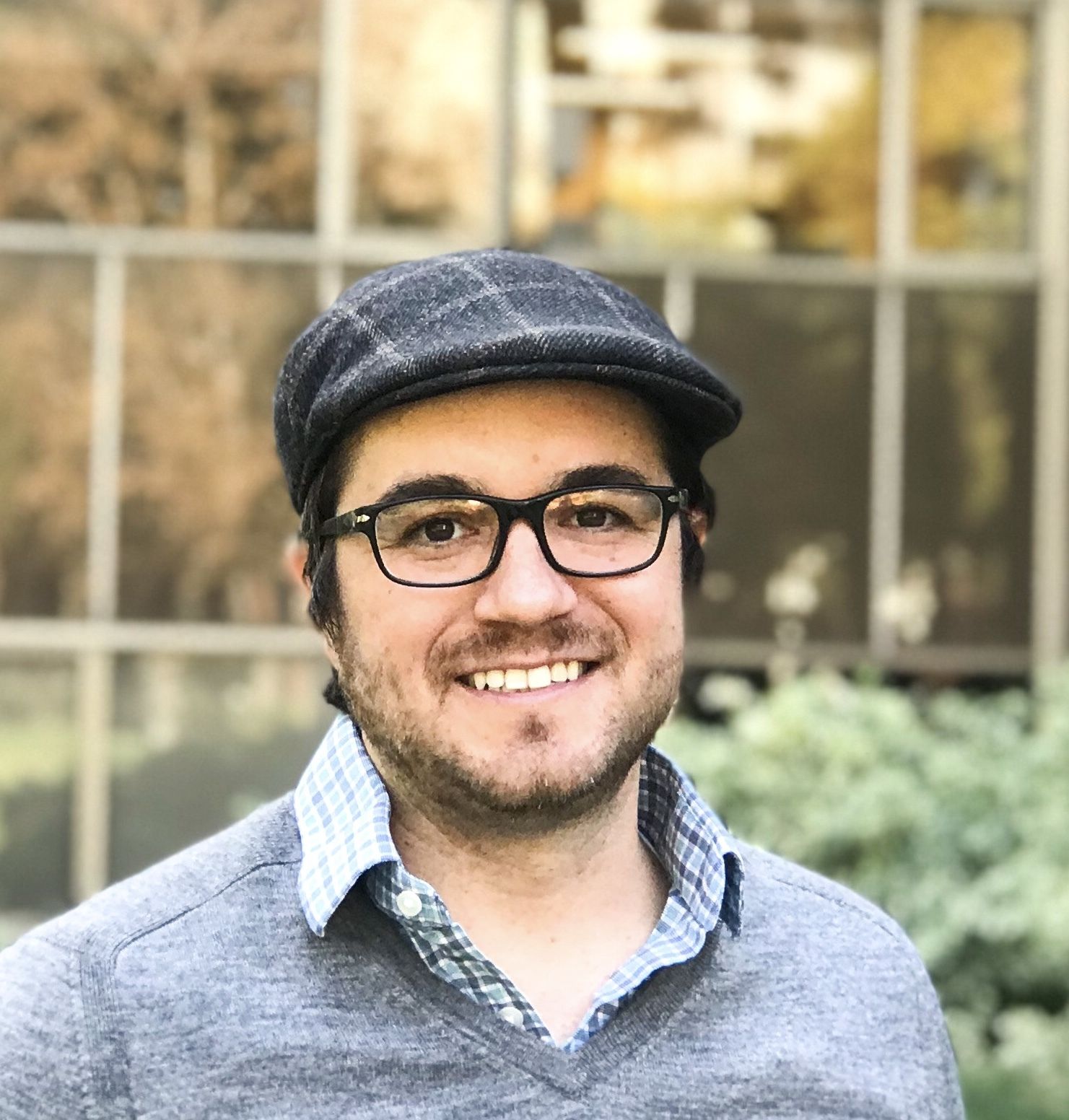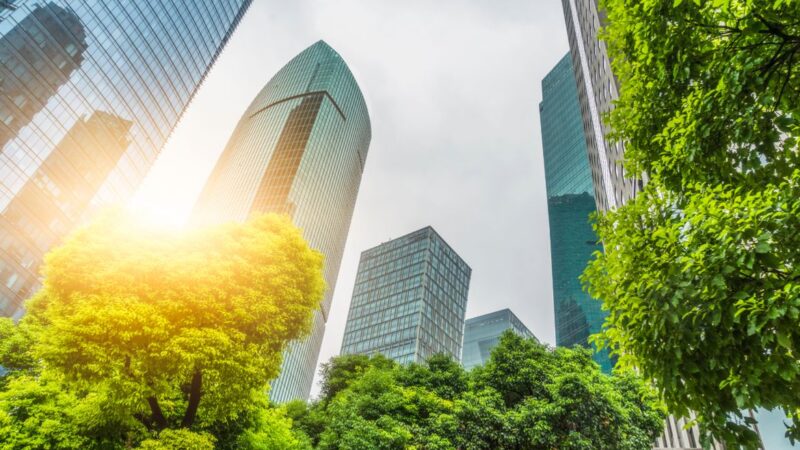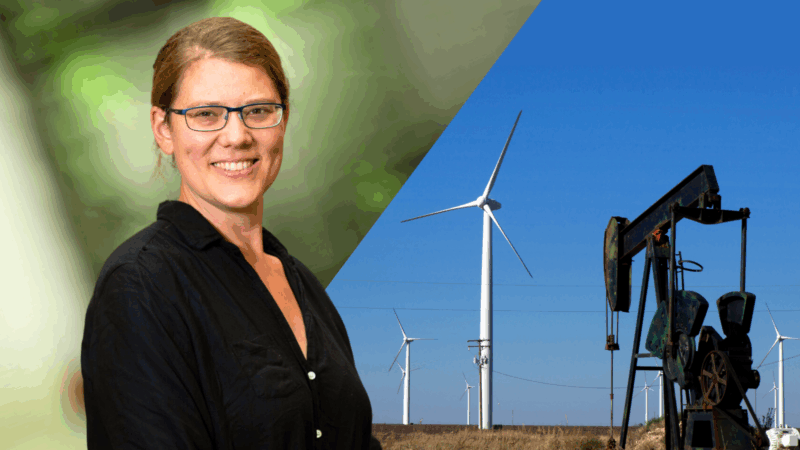
Vegetation browning from drought hits L.A.’s disadvantaged communities hardest
UCLA-led study reveals a ‘geography of inequality’ across region’s coastal areas
On the days when temperatures soar into triple digits in Los Angeles, green plants might be our best friends. Trees and other vegetation can reduce ground temperatures significantly, lowering the risk of heat-related illness and death.
Despite the drought-alleviating rains this winter, California has not fully recovered from the worst megadrought in at least 1,200 years and future droughts are all but assured. When droughts do occur, much of that vegetation browns and loses its cooling power — raising the street-level temperature and worsening drought conditions, according to UCLA-led research published in Science Direct.
The phenomenon creates a vicious cycle, with less vegetation leading to higher temperatures, which in turn makes it harder for remaining vegetation to survive.
The study analyzed a wide swath of the coastal portions of Los Angeles, including cities in the Los Angeles basin, as far south as Orange County. Researchers combined socioeconomic data for each census tract with 20 years of satellite-based data on heat, drought and photosynthesis, which the researchers calculated to a precision of 30-square-meter areas (about 320 square feet).
The findings showed that during drought, more affluent places such as Pasadena, Beverly Hills and West Los Angeles remained greener than lower-income areas such as East Los Angeles, Inglewood and Compton, said Glen MacDonald, a UCLA distinguished professor of geography and one of the paper’s co-authors.
In affluent neighborhoods, urban vegetation is watered more and stays green during droughts. In poorer neighborhoods, homeowners are more likely to conserve water — due in part to cost — and the vegetation browns or dies.
Chunyu Dong, the study’s lead author, said while water supply is a major concern in Los Angeles and much of the American West, it’s unfair for low-income communities and communities of color to be the only ones sacrificing. Dong worked on the project as a UCLA postdoctoral researcher and is now a researcher at the Sun Yat-sen University School of Civil Engineering in China.
“In our maps, you can see that neighborhoods in a broad area of south Los Angeles are the most impacted by the drought,” Dong said. With the additional effects of heat waves, temperatures in those areas rise and most of the vegetation browns.
“It’s a geography of inequality,” MacDonald said. “People of color and low-income communities get it the worst.”
All green vegetation cools ground-level temperatures, the study found, but trees have the largest effect. For every 10% of overall tree cover, temperatures are 2.0 degrees Fahrenheit cooler. So, if an area has 50% tree cover, temperatures are 10 degrees cooler than they would be without any tree cover. Shrubs lower temperatures, too, but to a lesser degree: For every 10% of shrub coverage, temperatures are only about 0.7 degrees lower than they would be without any shrubs. And grass has very little effect: Even 100% grass cover reduces temperatures by only 1 or 2 degrees, and only while the grass is green and watered.
The new paper is the first to quantify the correlation between the proportion of plant cover and cooling effect in Los Angeles at this level of detail.
In previous studies, the loss of urban greenness has been shown to increase the incidence of mental illness and affect cognitive function in schoolchildren. Extreme heat exacerbated by that loss has been found to correlate with increased crime and other safety issues. Further, the aesthetic value of greenness can have a noticeable effect on mood that is difficult to quantify, said Thomas Gillespie, a UCLA professor of geography and co-author of the paper.
The result is widespread environmental injustice that had not been shown to the level of detail of today’s study.
“There are these different areas, largely Black and Hispanic, where there’s already little vegetation,” Gillespie said. “What vegetation there is gets stressed from drought and then a heat wave comes and it’s like, ‘Boom!’ The lack of vegetation has a huge impact on how people feel physically and their mental state.”
The authors write that Los Angeles — a drought-prone city that imports 85% of its water and faces rising heat due to climate change — must consider tradeoffs. Because grass consumes more water than shrubs or trees while providing negligible cooling benefits, the paper recommends replacing lawns and concrete with drought-tolerant shrubs and trees — such as oaks and jacarandas — particularly in underserved areas that experience the most extreme heat and vegetation browning.
Although it’s not easy to compel private landowners to change their landscaping, adding shade trees to public land can reduce temperatures significantly. The study could help guide policymakers to do so in an environmentally just way.
Trees are not the only solution, and they can take decades to grow to maturity. Shade structures are another valuable tool that UCLA research has shown can keep people safer during heat waves — especially when strategically located at bus stops and other places where people congregate outdoors.




